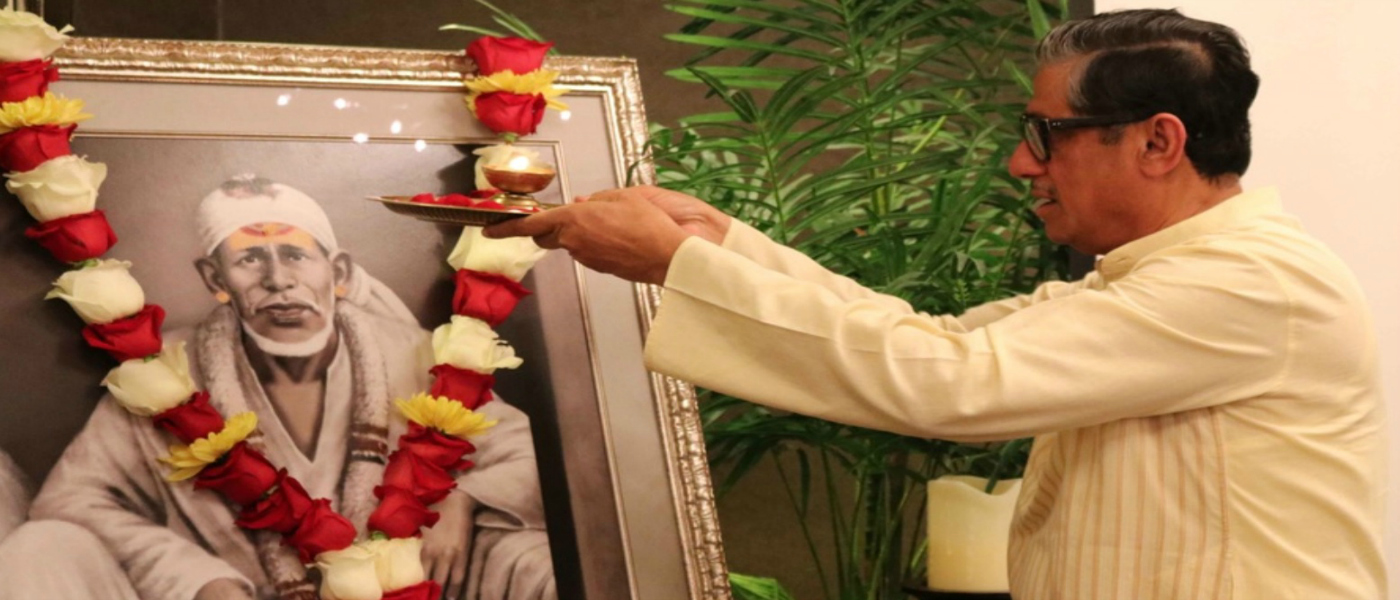Expand the ‘Spirit Within’

A Personal God, by whatever name, is called Saguna (with certain qualities and powers) Sakara (a form which a human mind can ordinarily comprehend). A finer understanding of God is Nirguna (beyond such limited qualities and powers), Nirakara (beyond specific forms). Nirguna Nirakara means seeing or experiencing the essence of God or that Ultimate reality or Brahma in all its creations, i.e., in the devotee himself and in the entire manifested and non- manifested creation around him. All statues or paintings, structures (like Samadhis), names, Aartis, Mantras, Charan Padukas, etc. are symbols of God and certainly not God, the Ultimate. Such symbols are generally worshiped and contemplated on as it is easy for the limited human mind to comprehend them. The question is whether the human mind should necessarily be limited, or a path should be chosen to keep it limited?
Religion means both Ritualism and Spiritualism. Unless one transcends Ritualism, It is difficult to enter into the arena of Spiritualism, in the true sense of the term.
Spiritualism means to follow the true diktats of the spirit within. Generally speaking, ‘the spirit within’ means the soul, which is a part of that God, the Ultimate, who encompasses both the seen and unseen, the living and non-living aspects of nature and from the smallest particles to biggest stars. Spiritualism, therefore, has necessarily to expand the spirit of the soul from its limited body-bounden awareness to a vast cosmic awareness. If sheer ritualism like Puja, Archana, Yagyan do not uplift the spirit of the individual or expand his mental horizon, it certainly is not spiritualism.
Generally, it is due to the lack of understanding of what real spiritualism means that most of the devotees spend their whole life doing certain rituals without progressing. Multiple form worships (i.e. of deities etc.) do not give focus on a particular form. A person worshiping these forms gets scared to stop such worship even when he understands that he has to graduate to a formless state of worship. For example, Shri Ganapati is for the removal of obstructions, Shri Durga is for protection against enemies or Shri Laxmi is for prosperity or Shri Hanuman for courage, etc. No doubt that all the four deities are manifestations of the Ultimate One, but then on whom does the devotee concentrate? Where then is the question of what is called “Ekagra Chitta” as a sine‐qua‐non for subtle experience of God.
From multiple forms of God to a single form to a formless state of God is the real prescription for Spiritualism.
In such a situation one has to choose one of the two ways. Either to worship the Ultimate One (Nirguna Nirakara) going beyond the worship of these deities or to evolve through these limited forms to the Ultimate reality through ‘Gyana Marga’ (Path of Knowledge). All spiritual practitioners in all ages, of whichever religion, have gone through this process of leaving the forms and contemplating on the formless state of God or in experiencing the formless state of God through the forms. The Perfect Masters or Sadgurus always taught the same method to their disciples at a certain stage of evolution. Those who followed them and tried to experience the impersonal aspects of God evolved faster than those stuck on to the Personal aspect of God.
Source: Excerpts from NEW YEAR MESSAGE (2004) by Dr. C B Satpathy
